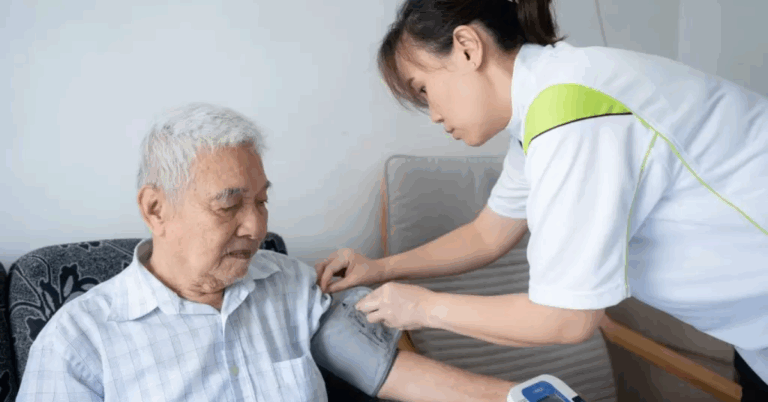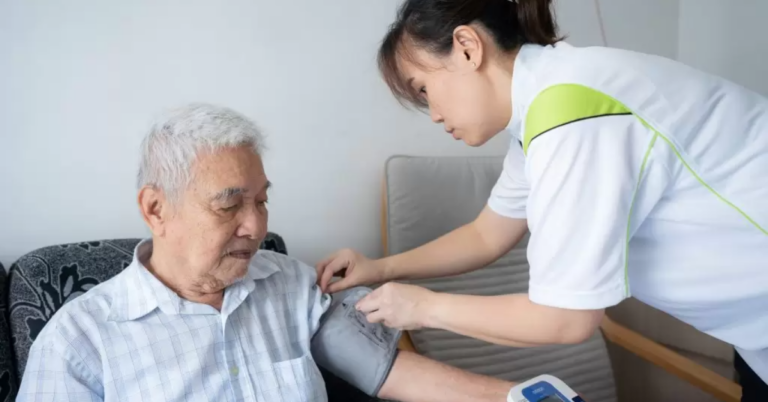Exploring the Impact of Technology on Health Education
Over the years, the field of health education has witnessed a significant transformation with the advent of digital technologies. Traditional methods of health education, such as pamphlets and seminars, have evolved to include online platforms and mobile applications. These advancements have made health information more accessible to a wider audience, enabling individuals to take charge of their well-being in a more interactive and engaging manner.
Additionally, the rise of social media has played a vital role in shaping health education in the digital age. Platforms like Twitter, Instagram, and Facebook have become powerful tools for sharing health-related information and resources. Health organizations and professionals now have the ability to reach a larger demographic and spread awareness on important health issues through targeted campaigns and informative posts.
The Role of Virtual Reality in Health Education
Virtual reality (VR) has emerged as a revolutionary tool in health education, offering innovative ways to engage and educate individuals. By immersing users in realistic and interactive simulations, VR allows for a deeper understanding of complex medical concepts and procedures. Students can explore virtual environments that mimic real-life scenarios, facilitating hands-on learning experiences that enhance their retention and comprehension.
Moreover, VR technology has the potential to bridge geographical barriers in health education. With virtual reality, students and healthcare professionals can participate in collaborative training sessions regardless of their physical location. This opens up new possibilities for decentralized learning and the sharing of knowledge across the globe, ultimately leading to a more interconnected and well-informed healthcare community.
How has health education evolved in the digital age?
Health education has evolved in the digital age by incorporating technology such as virtual reality to enhance learning experiences.
What is the role of virtual reality in health education?
Virtual reality in health education allows for immersive, interactive experiences that can help students better understand complex medical concepts and procedures.
How can virtual reality benefit health education?
Virtual reality can benefit health education by providing a more engaging and memorable way for students to learn about the human body, diseases, and treatments.
Are there any drawbacks to using virtual reality in health education?
Some drawbacks of using virtual reality in health education may include cost, technical limitations, and the need for specialized equipment.
How can educators incorporate virtual reality into health education curriculum?
Educators can incorporate virtual reality into health education curriculum by developing interactive simulations, virtual tours of the human body, and virtual patient scenarios for students to practice clinical skills.







